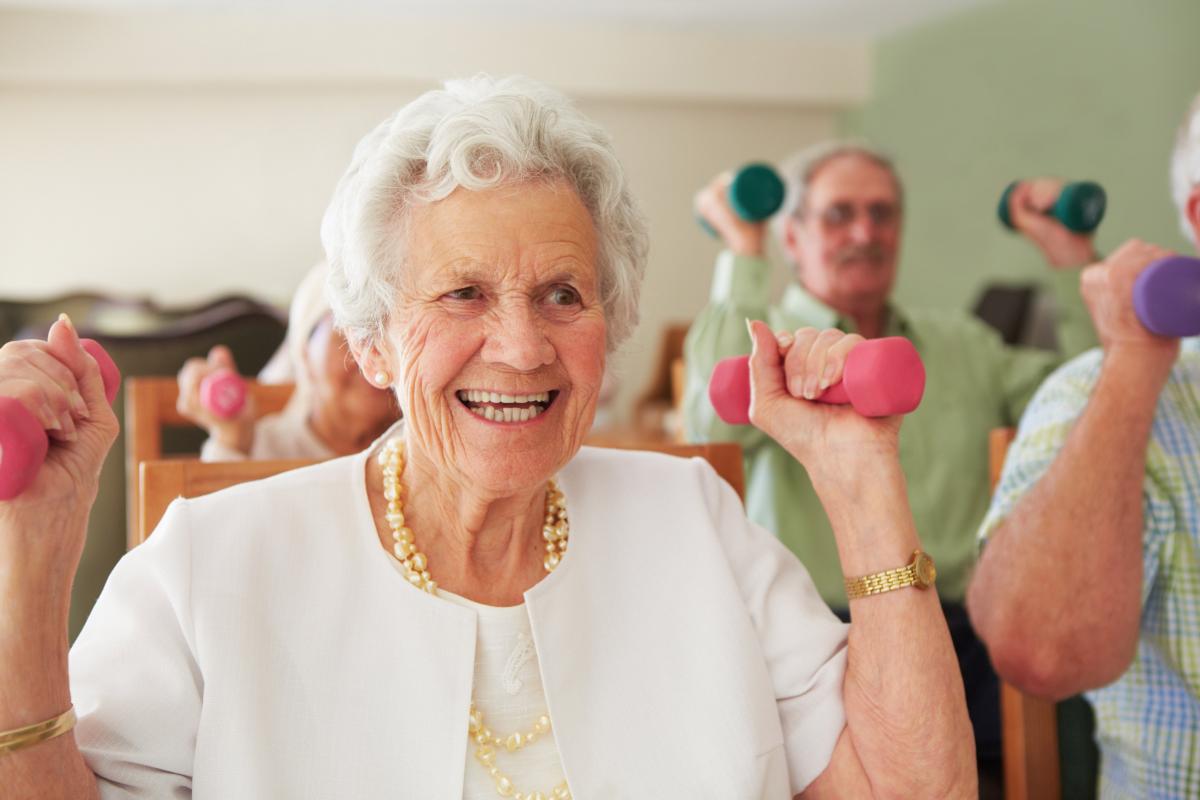A suite of actions are needed for a long life, Ian Breeze writes.
Warren Buffet, who has become ultra-rich by being ultra-wise, counselled his proteges thus: “Imagine if I said to you that I was gifting you a car, but then told you it was to last for your lifetime. Imagine how you would care for that car.”
He would then point out that our bodies also need to serve us a lifetime, and that we should be equally careful with them, desisting with various forms of abuse.
Diet and exercise have primacy with protecting our bodies, but doctors are not taught the pre-eminence of this at medical school as treatment largely consists of medications and procedures. When I was a medical student in the early 1970s, heart attack survivors in the cardiology ward breakfasted on bacon and eggs.
If you need to be convinced how much food can influence your life, consider this. Queen and worker bees have identical DNA. The consumption of royal jelly transforms a worker bee into a queen, who lives 50 times as long as workers.
This remarkable phenomenon is mediated via “epigenetics”, which can switch selected genes on and off. This occurs through a variety of processes, including particular foods. Foremost among these are polyphenols, molecular complexes of six carbon rings resembling chicken netting.
Chronic disease, ageing and some cancers are the result of low-grade inflammation caused by oxygen-free radicals, which are “reactive” as they contain an unpaired electron. These attack fat, protein and DNA molecules, altering them so that the immune system regards them as foreign, attacking them.
Up to 3% of the oxygen used in mainly mitochondrial-based metabolism becomes free radicals.
The production of free radicals is unavoidable, but is increased by such things as smoking, air pollution and exposure to toxins. Diet and lifestyle choices can reduce the production of free radicals, and they can be inactivated with dietary antioxidants, including vitamins A, C and E and the anti-inflammatory polyphenols found in fruit, vegetables, nuts and seeds. These are present in brightly coloured fruit and vegetables, especially if blue or purple, but also greens.
Happily, your shopping need not be confined to the produce section of the supermarket. Polyphenols abound in coffee, red wine and dark chocolate.
The benefit of exercise was first acknowledged in 1953, when bus conductors were noted to have less heart disease than drivers and posties less than telephone operators.
Just 15 minutes of extra walking per day is sufficient. Exercise burns the dangerous visceral and pericardial fat and dampens their cytokine secretion.
Muscle cytokines (myokines) increase 100x in the bloodstream with exercise and modify inflammation at distant sites. Exercise causes stress-releasing adrenaline and cortisol, explaining why it can sometimes be overdone, causing infections and slowing wound healing.
Exercise results in burning more food and producing more free radicals as a byproduct, but people who exercise still have less than sedentary folk. It induces the creation of more mitochondria, reversing the ravages of age. It also prods the activity of a gene to make protein PGC1alpha, which regulates antioxidants and encourages mitochondria to replicate. Exercise promotes brain health.
Exercise, especially “resistance training”, can also preserve our musculature, avoiding “sarcopaenia”, the linear loss of muscle mass that would otherwise begin after age 30, predisposing one to type 2 diabetes.
Recent research has revealed that nonagenarians can substantially increase their muscle strength with exercise.
Good nutrition and exercise are necessary, but not sufficient. Harvard professor Thomas Perl, founder of the New England Centenarian Study, the world’s largest study of centenarians, elaborates thus: healthy ageing spells A — attitude, G — genetics, E — exercise, I — interest, N — nutrition, G — getting rid of smoking.
— Ian Breeze is a retired surgeon living in Dunedin.

